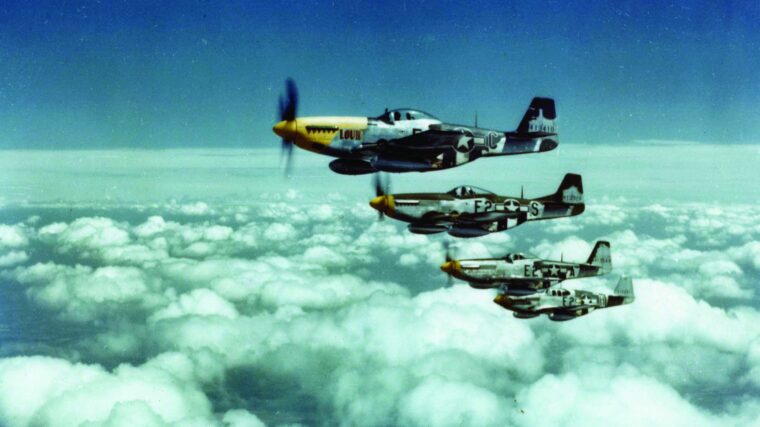
European Theater
The Queen’s Own Rifles of Canada in the Rhineland, 1945
By Angus ScullyBy February 1945, the green Allied formations that landed on D-Day had become hard professional armies. Army, corps, and division commands had been shaken down and were operating efficiently. Read more























